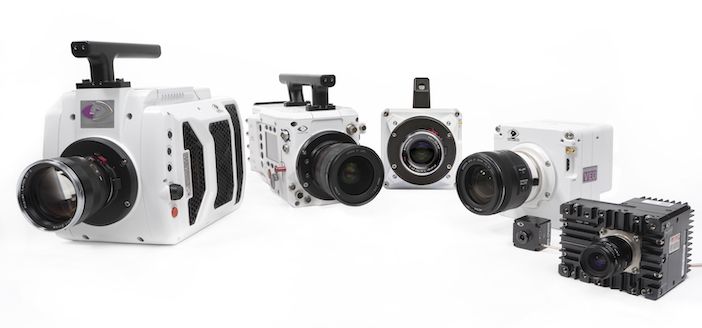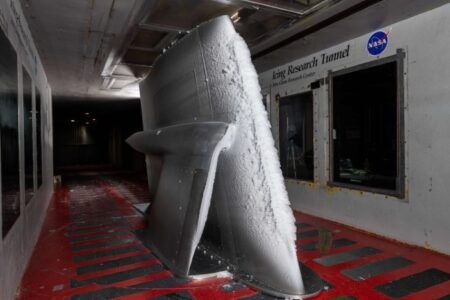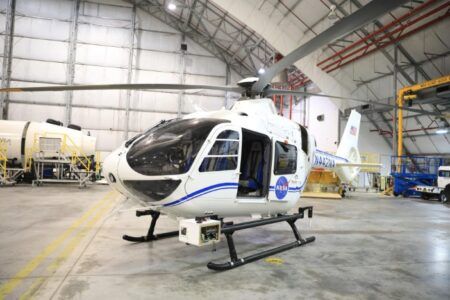When preparing for a wind tunnel test three key points, application type, lighting concerns, and data management, must be taken into consideration to ensure that the test is efficient and accurate.
The combination of testing environment and the type of application heavily influences which high-speed camera will be necessary for an experiment. Field of view requirements and movement speed affect the frames-per-second while the event size and depth-of-field will determine if a 1 or 4 Megapixel (Mpx) camera is needed. Wind tunnels can be as small as a container on a laboratory countertop or as large as an entire facility capable of accommodating vehicles and aircraft.
When a large area of visibility is required and more detail is needed a camera such as the Phantom Flex 4K, which can accommodate high field of view in 4K resolution, may be ideal.
Lighting concerns require significant consideration during wind tunnel testing. A wind tunnel is a completely black space built to absorb light so that data is not altered with shadows and reflections. This means that it can be more difficult to produce sufficient light within the structure. It also means that the required level of light can heat the environment which in turn can have significant impact on how a flow behaves.
Because some flow materials are more easily affected by heat fluctuations it is important that researchers understand the impact that air temperature will have on an event. If air temperature is a concern, then it may be necessary to build special rigging that will help filter the heat generated. It may also be necessary to consider using signaling and timing features on the camera that will only illuminate specific areas for a short duration to minimize the impact.
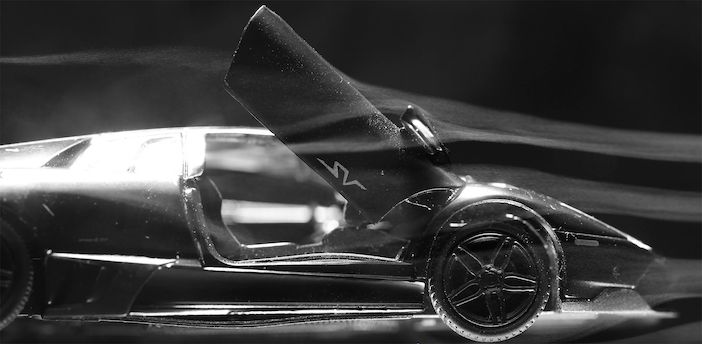
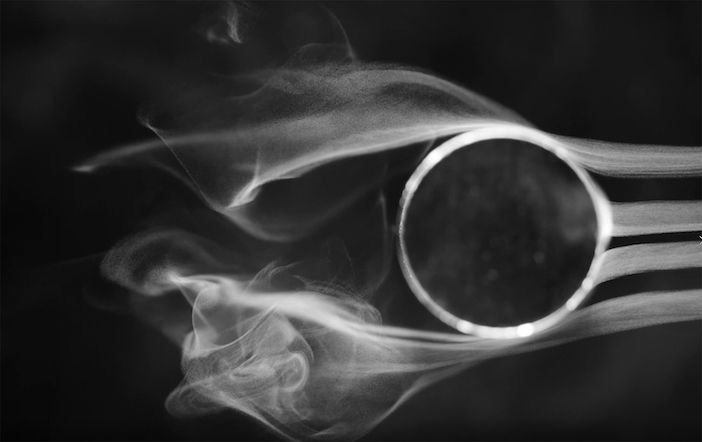
A high-speed camera, such as the Phantom T1340, with high sensitivity is a must for wind tunnel testing. The higher sensitivity sensor means less light is needed, which means reduced temperature concerns, less facility modifications, and possibly less air flow interruption.
Data management is a major concern when discussing wind tunnel testing due to the accessibility and costs of using a facility. Since any wind tunnel larger than a small personal laboratory setup can be extremely expensive to operate, they are not a resource at every institution or even country.
Quite often researchers must book facility time months in advance and pay large fees to use a wind tunnel that will accommodate their needs. This is where data management options, such as non-volatile media storage, 10GB Ethernet download connection, and even streaming cameras can ensure time and money are spent efficiently. Non-volatile media allows for memory partitioning, which reduces downtime between test runs, and the 10GB download connection means researchers can quickly review footage to determine if modifications to setup are required.
Streaming cameras are beginning to find their place in wind tunnel testing as technological advancements have allowed high-speed images to be captured for extremely long durations instead of only a few seconds at a time. For example, a Phantom S990 streaming camera, when combined with the Phantom DVR, can record up to 22TB of high-speed imaging without stopping while other cameras can only hold up to 288GB in the RAM.
When looking at wind tunnel testing and the tools to make research successful it is critical that the appropriate camera is selected. A balance between cost, light sensitivity, image requirements, and data management must be met to produce the best data possible.
That is only possible when a wide variety of cameras are available. Phantom high-speed cameras not only offer the broadest range of high-speed cameras available but also the best client support possible. Our field application experts are available at any time in the research process to ensure that R&D teams will be successful during expensive and time-sensitive events.
This article was provided by Vision Research


